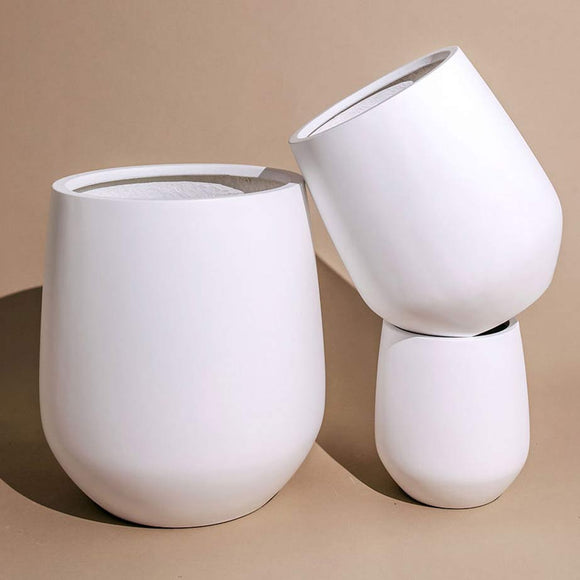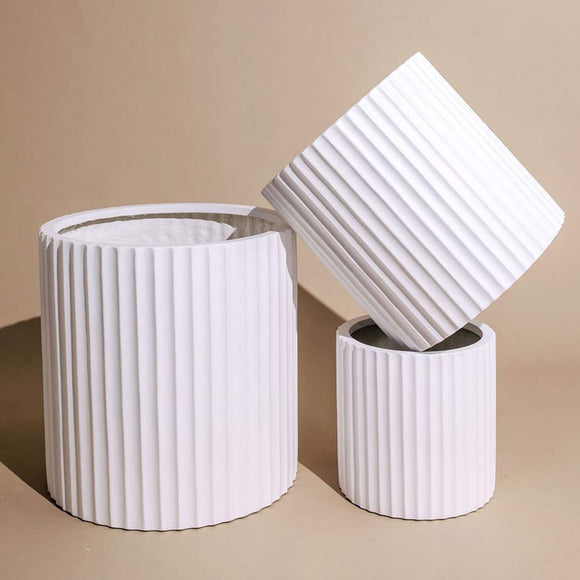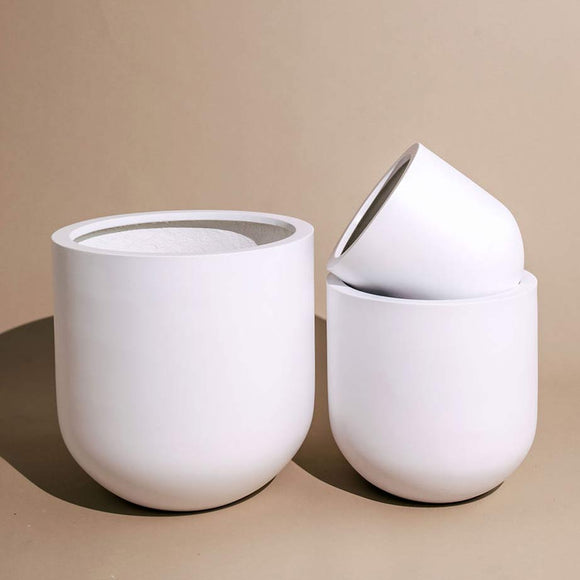10 Key Considerations When Purchasing a New Indoor Plant
It's hard not to be enthusiastic about purchasing your first-ever indoor plant when hundreds of social media accounts boast images of magnificent indoor plant jungles. Sadly, not all plants are suitable for everyone. To help you find your perfect match, here are ten essential factors to remember when purchasing your new plant pal.
Avoid impulse purchasing a plant.
More often than we like to admit, impulse decision-making makes up most of our life choices. The endorphins kick in, and the next thing you know, you have a 2-meter-tall Fiddle Leafe Fig tree with no idea how to care for it. It's always going to be a struggle to walk away, but planning and doing some research will make you feel 100% more confident when you eventually move into owning your own green baby. No plant regrets here!
Always read the label on the plant to ensure it is suitable for your home.
Indoor plants differ when it comes to growing in natural light and exposure to varying ambient temperatures. Knowing if your chosen Monstera Plant will happily grow in a 20cm pot in a low-lit study will save you a lot of heartache down the track. You may want to look at dim light tolerant plants like the Prayer Plant or slow-growing plants that can easily be contained, like the Bromeliads.

Make sure the plant is suitable for the pot.
As living things, plants will continuously grow. There are some methods you can use to control the rate of growth but to ensure it is well-kept before you resort to extreme measures, we recommend choosing a plant with a root system that is at least 5cm shorter and narrower than the sides of your pot to allow the roots to grow unimpeded. Some plants prefer a tighter fit, such as Hoyas and Yuccas, but even these plants require pots that are not restrictive.
Does the plant look and feel healthy?
Rips in the leaves or browning in certain sections are not necessarily indicators that the plant is unhealthy, just that they may not have been cared for as well as they should be. If the plant is producing healthy-looking new growth, this is often the best sign that it is in good condition. If the nursery pot feels solid and challenging to squeeze, check that the plant is not root-bound by poking your finger into the soil. This will make it difficult to get the plant out of the pot when you take it home. You may even accidentally damage the roots in the process. Find a plant with abundant new growth, healthy-looking existing foliage, and moderate soil consistency. Avoid plants that are abnormally splotchy in colour and yellowing and have soft, bendy stems and trunks.
Look for mould, bugs, and pests.
Check to see if there is any white or powdery mould around the stem and topsoil; it might even give off a foul odour that is not present in other plants. The soil is likely too wet, and the roots may already be dying due to root rot. Mealy bugs and aphids often hide underneath the leaves and around the leaf nodes of the plant to take shelter from rainfall and overexposure to sunlight. If you are a newbie, best avoid them if possible.
When choosing an indoor flowering plant, avoid ones that have already flowered.
Most flowering plants will keep their foliage all year round, but they will usually only produce their flowers about once a year. To make the most of their vibrancy and colour, choose a plant with an abundance of buds in different stages of forming. Try and avoid plants that have already flowered, as they will die down faster.

Make sure you choose a plant that suits you.
Fiddle Leaf Fig and Alocasias are two of the most sort after indoor plants for their Insta-worthy foliage and striking appearance. However, they are two of the most difficult indoor plants to maintain due to their particular growing requirements. Sadly, they have caused more than one plant parent to throw in the towel. Experienced gardeners may relish the challenge, but for those of us who prefer a plant that is perhaps a little less needy, there are plenty of plants considered to be much easier to care for that are just as stunning and great for beginners. Once you gain confidence, then go after those intimidating green beauties.
Many indoor plants are toxic when ingested.
If you have inquisitive little ones of the human or furry variety that have not met an obstacle they can't climb, it might be best to choose plants that are non-toxic. You might not always be able to prevent them from being eaten, but you can at least be assured the symptoms will be mild, if any. There are many different types out there, but the Spider Plant, Calathea and Boston Ferns are some of the all-time favourites.
Some plants will grow slower than others; patience is key.
All plants grow at different rates depending on their life cycle, the time of year, weather and humidity levels, and each plant's individual tolerances and preferences. If your plant is slow to grow, it isn't always going to be something you're doing wrong. Plants like Fiddle Leaf Fig trees and Chinese Evergreen creepers will naturally take longer to develop than plants like the Arrowhead and ZZ. In most cases, you just need patience and time.
Although there is something uniquely rewarding about watching your plant grow from a baby to maturity, if you are a little impatient and want a plant that has a lot of established foliage, purchase a plant that is larger and more mature. They often have a higher price tag, but you won't have to wait as long before you are showing off your new pride and joy to the world.
Shop local for the best care and advice.
Although plants tend to be cheaper when purchasing from a mass-chain retailer, they are not always of the best quality. Buying from a local business not only supports small business owners, but you can get some great advice, tips and tricks from long-standing horticulturalists and gardening professionals. They are also more likely to be invested in the health and vitality of your plant so that you recommend their business to your friends and family, and if you have social media, why not give them a positive shout-out?
Check out our Plant Guide here
Keen to learn about the benefits of Lightweight garden pots in a New York apartment? Check out our Slugg USA site.
















